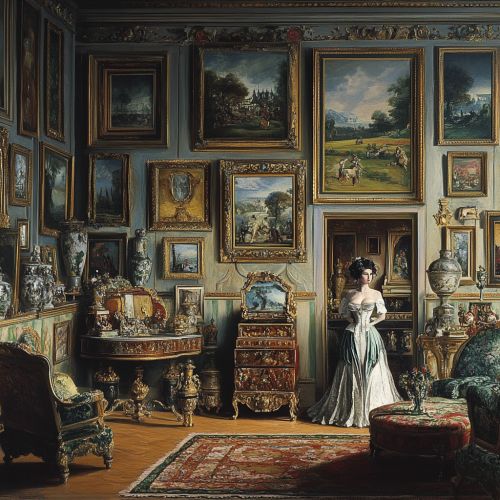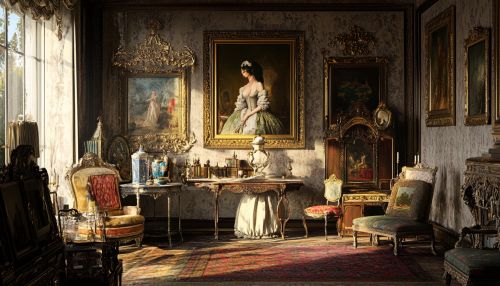Book 6: A Study on Courtesans
Introduction
The study of courtesans offers a fascinating glimpse into the socio-cultural, economic, and political landscapes of various historical periods. Courtesans, often women of notable beauty and intelligence, played significant roles in societies across the world. They were not merely entertainers or companions but were often influential figures in the arts, politics, and social affairs. This article delves into the multifaceted roles of courtesans, examining their historical contexts, societal impacts, and the evolution of their status over time.
Historical Context
Ancient Civilizations
In ancient civilizations such as Ancient Greece and Ancient Rome, courtesans held a unique position. Unlike common prostitutes, courtesans were often educated and skilled in the arts, music, and conversation. In Greece, the hetaira were renowned for their intellectual companionship and were often involved in philosophical discussions with prominent figures. Similarly, in Rome, courtesans were associated with the elite, providing companionship to senators and emperors.
Medieval and Renaissance Europe
During the Medieval and Renaissance periods in Europe, courtesans were prominent in cities like Venice and Paris. They were often patrons of the arts and played crucial roles in the cultural and political life of the time. The Venetian courtesans were known for their opulent lifestyles and connections with the nobility. In France, courtesans such as Ninon de l'Enclos were celebrated for their wit and literary contributions.
Asia
In Asia, the role of courtesans varied significantly across regions. In Japan, the geisha were skilled entertainers and artists, distinct from courtesans but often conflated with them in Western perceptions. In India, the tawaif were courtesans who were integral to the cultural fabric, particularly during the Mughal Empire. They were patrons of music and dance, often performing in royal courts.


Societal Impact
Influence on Arts and Culture
Courtesans have historically been patrons and muses of the arts. Their influence extended to literature, painting, and music. Many artists and writers were inspired by their beauty and intellect, creating works that immortalized their presence. In the Italian Renaissance, courtesans were often depicted in paintings by artists such as Titian and Veronese.
Political Influence
Courtesans often wielded significant political influence, acting as confidantes and advisors to powerful men. Their intimate access to influential figures allowed them to shape political decisions and alliances. In some cases, they were involved in espionage and diplomatic missions, leveraging their positions to gather and disseminate information.
Economic Contributions
The economic impact of courtesans was notable, particularly in cities where they were prominent. They contributed to the economy through their patronage of the arts and luxury goods. Their lavish lifestyles supported various industries, from fashion to hospitality, and they often amassed considerable wealth themselves.
Evolution of Status
Decline and Transformation
The status of courtesans began to decline with the rise of more conservative social norms and the stigmatization of their profession. In the 19th century, the advent of stricter moral codes and the professionalization of entertainment led to a transformation in the role of courtesans. Many transitioned to roles in the burgeoning entertainment industry, such as theater and opera.
Modern Perceptions
In contemporary times, the legacy of courtesans is often romanticized in literature and film. Their historical significance is recognized in academic studies, which explore their contributions to culture and society. The modern perception of courtesans is complex, reflecting both admiration for their independence and critique of the societal structures that confined them.
Conclusion
The study of courtesans provides valuable insights into the interplay between gender, power, and culture throughout history. While their roles have evolved, their impact on society remains a subject of interest for historians and cultural scholars. Understanding the lives and contributions of courtesans enriches our comprehension of historical and cultural dynamics.
